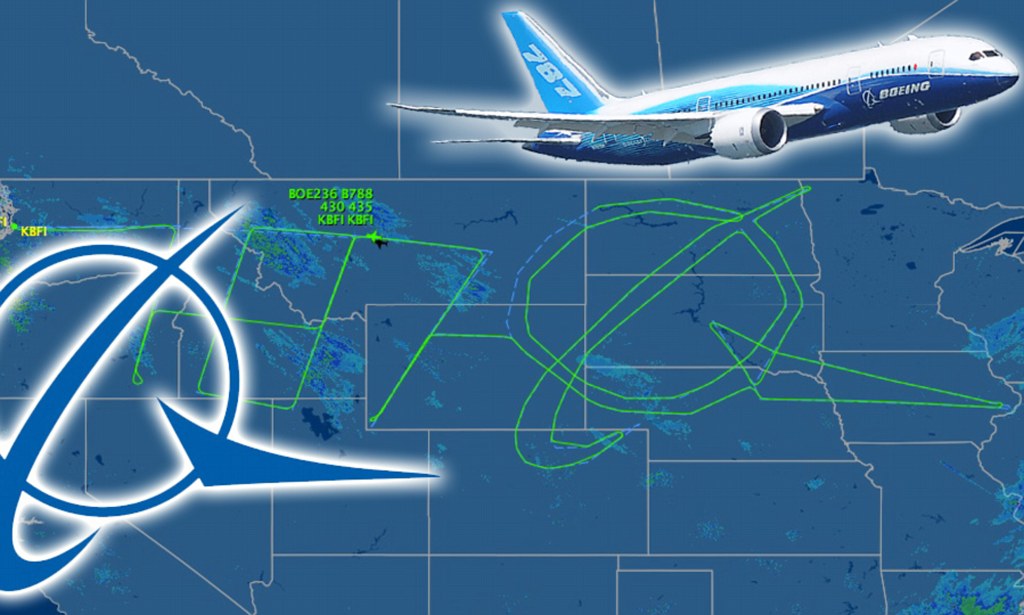

A History of Production and Safety Concerns
The Boeing 787 Dreamliner, which entered service in 2011, has been a workhorse for long-haul international travel, with over 1,100 aircraft in use worldwide. Until the recent tragedy, it had maintained a record free of fatal accidents. However, this safety record has been punctuated by a series of concerning incidents, regulatory actions, and alarming whistleblower reports.
Early Troubles: Battery Fires
The first major issue surfaced in early 2013 when fires broke out in the lithium-ion batteries of two Dreamliners operated by Japanese airlines. These incidents prompted the U.S. Federal Aviation Administration (FAA) to ground the entire global fleet of 787s and halt deliveries of new aircraft. Boeing subsequently developed a fix, which included better battery insulation and a new stainless steel housing to contain any potential fire. The FAA approved these changes, and the Dreamliners were cleared to fly again in April 2013.
Whistleblower Alarms: John Barnett and Sam Salehpour
The concerns, however, did not end there. In 2019, former Boeing quality manager John Barnett, who retired in 2017, filed a whistleblower complaint alleging sloppy production practices. He reported that metal shavings were being left behind near the wiring of the flight control systems, posing a risk of "catastrophic" electrical failures. Barnett also claimed that damaged or substandard parts were being installed on the 787s. The FAA investigated and confirmed the presence of these metal shavings in several aircraft, ordering Boeing to rectify the issue before delivering the planes. Tragically, in March 2024, while pursuing a lawsuit against Boeing, Barnett was found dead in his truck from what was reported as a self-inflicted gunshot wound. His family has since filed a wrongful death lawsuit, alleging that Boeing's conduct was the cause of his distress.
The scrutiny intensified last year with the emergence of another whistleblower, Boeing engineer Sam Salehpour. In January 2024, he reported that sections of the Dreamliner's fuselage were being improperly connected, creating gaps that could lead to the plane breaking apart in mid-flight over time. He made the shocking claim that he had seen workers resorting to "brute force," even jumping on aircraft parts—a practice he dubbed the "Tarzan effect"—to make them align temporarily.
Regulatory Actions and Boeing's Response
Salehpour's allegations were particularly concerning as they echoed previous issues. The FAA had already halted 787 deliveries for nearly two years, from May 2021 to August 2022, to address unacceptable gaps found in the fuselage joints. Despite Boeing's assurances that the problem had been addressed, Salehpour's testimony suggested that shoddy work practices persisted.
In response to these latest claims, Boeing has maintained that there are no immediate safety issues, stating that "exhaustive analysis" is underway to determine any long-term inspection and maintenance requirements, with FAA oversight. Nevertheless, in May of last year, the FAA ordered Boeing to reinspect all 787s still in production and to create a plan to address the in-service fleet.
These specific concerns with the 787 are part of a broader pattern of safety and quality control issues that have plagued Boeing in recent years, most notably the two fatal crashes of its 737 Max aircraft that led to a worldwide grounding, and the more recent mid-air door plug blowout on a 737 Max 9.
A Cloud over the Dreamliner
The investigation into the Air India Flight 171 crash will be a meticulous and complex process, led by India’s Aircraft Accident Investigation Bureau with Boeing's support. While there is currently no established link between this specific tragedy and the prior warnings, the crash has undeniably occurred under a cloud of pre-existing and well-documented concerns. The findings of this investigation will be critical, not only for providing answers to the grieving families but also for determining the future safety and public trust in an aircraft that, until now, was celebrated as a modern marvel of aviation.
